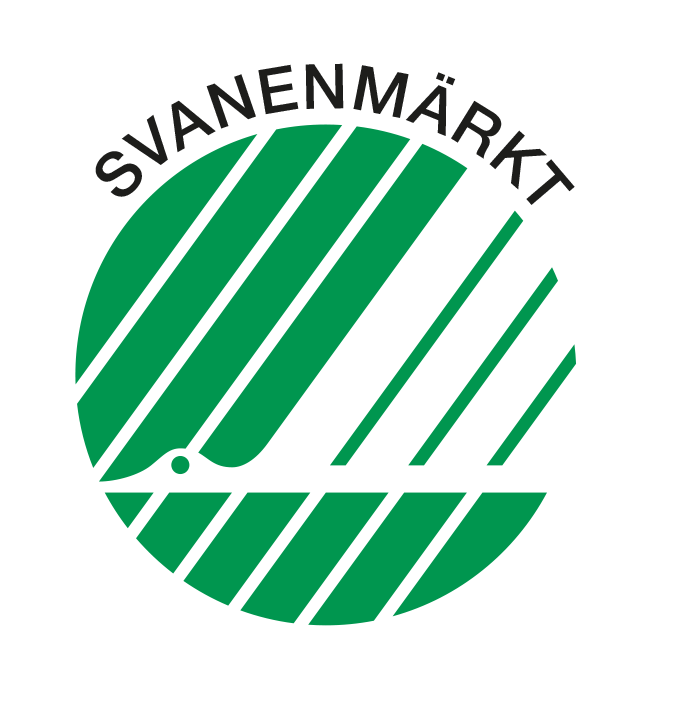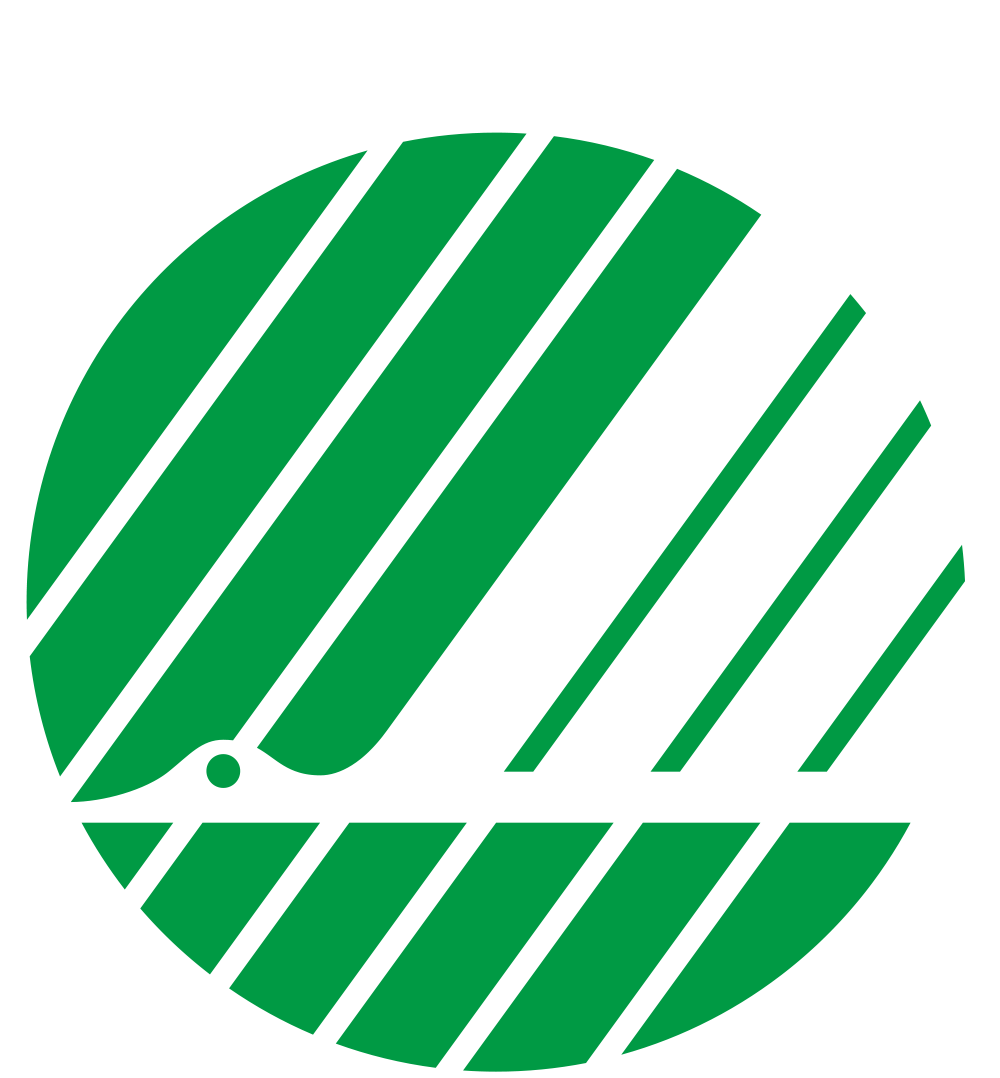Today we frequently see new builds where light roofs blend in with the often light facades, instead of the more traditional black roofs that we are used to seeing. This type of design is not just due to aesthetics and trends, but also fills a purpose from an environmental point of view.
One example of this is this roof terrace in central Stockholm, where they have chosen to use OrganoWood® with reference to the SRI value. A SRI report with a good value was significant in this instance.
Dark roofs create something known as heat islands. An urban heat island is a city area that is appreciably warmer than the surroundings. A higher temperature in a city compared to the surrounding environment can have serious consequences partly for the people who live in the city, but also for the animals and nature in and surrounding the cities. During the summer the increased temperature also results in a greater need of cooling, which results in increased energy consumption. The increased energy consumption has consequences for society through a greater energy requirement and increased usage of non-renewable resources, which in turn contribute to the greenhouse effect.
When the greenhouse effect is intensified the mean temperature of earth, global warming, increases. This is a major problem for the ice on the Arctic where the mean temperature increases much faster than for the remainder of the planet.
When the ice melts darker seas and land emerges, and as dark surfaces absorb more heat than light surfaces there is a risk of the temperature rising even more. In November 2016 it was 20 degrees warmer than what is normal for the season in the Arctic, which is much warmer than the research models have predicted.
One way to reduce greenhouse effect and its devasting consequences is the so-called “Cool Roof” technology. ”Cool Roof” technology has been adopted in many parts of the world in recent years. The technology consists of a roof that reflects the sunlight instead of absorbing the heat as dark roofing does. The result is the building remains cool and thus reduces energy consumption and the cost of cooling during the summer.
When the sunrays come into contact with a surface a part of the rays are reflected back to the atmosphere, which is known as solar reflectance. The more a surface can reflect, the less energy the surface will absorb. Light surfaces are better reflectors than dark.
After a report from RISE (SP) where tests were conducted to measure OrganoWood’s Solar reflectance index (SRI) a value of 82.4 was reached, which is high and a very good value for construction projects that take SRI-index into consideration or that use “Cool Roof” technology. With regard to wood this is of particular interest when constructing roof terraces and all types of panels.
The emittance of a material is its ability to radiate the absorbed energy. Solar reflectance and emittance are combined in a so-called Solar Reflectance Index (SR)) where “Cool Roof” technology strives for a high SRI value, to keep heat transfer to buildings low and with that save costs related to cooling requirements. The Solar Reflectance Index (SRI) is measured on a scale from 100-0 where in basic terms you can say 100 corresponds to white and 0 corresponds to black in terms of the ability to reflect light.








